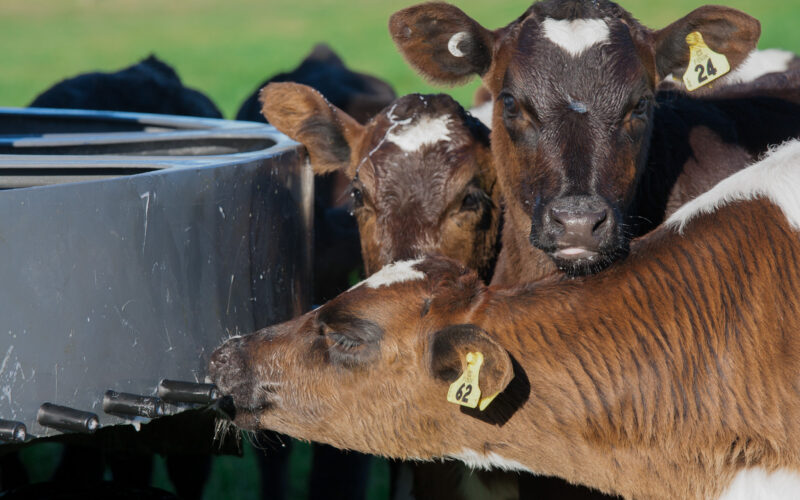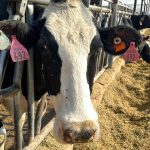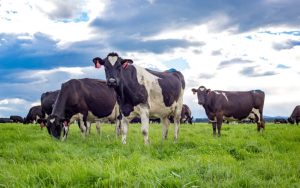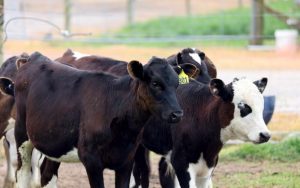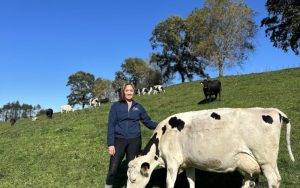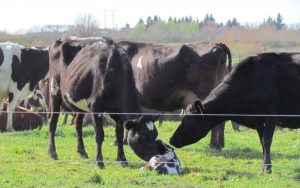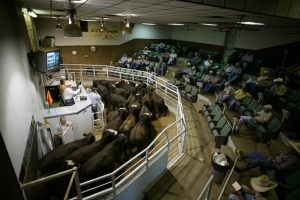
Check the performance of your calf drenches, advises industry expert – and remember that good nutrition and low worm intake trump regular drenching every time.
Dairy grazers are being urged to check the performance of the drenches they are using in calves after a survey of cattle drench resistance highlighted worrying levels of worms that are resistant to double and even triple combinations.
In a summary of cattle faecal egg count reduction tests across New Zealand from 2021 to 2024, the common intestinal worm cooperia was resistant to drenches in 56% of tests, and the more worrying ostertagia was resistant in 34% of tests.
Wormwise programme manager Ginny Dodunski said although the data gathered is limited, it reflects what she has been hearing from veterinarians working with intensive cattle systems.
“We were able to collate 59 different drench tests from 16 farms around New Zealand – it’s not a lot but it covers the length of New Zealand, and all of the common products that farmers use. The bottom line is that you can’t assume that because you’re using a combination drench, you are getting rid of all the worms in your calves.”
Triple combination-resistant cooperia was found in six of 11 tests. Twelve out of 19 tests also showed resistance to commonly used mectin/levamisole combinations. Levamisole products have been the mainstay for managing resistant cooperia for a long time, but this now appears to be under threat.
A similar picture exists for ostertagia. This parasite causes thickening and inflammation of the lining of the fourth stomach (abomasum) and can cause severe disease and even death in calves and older cattle.
The mectin drench family has been the backstop for ostertagia control for a long time, but the survey highlights failure of this drug as well – with 45% of tests showing resistance to an oral triple combination, and 50% of tests showing resistance to an abamectin/ levamisole injection.
“There could now be a risk of individual R2 dairy heifers returning home from grazing carrying ostertagia that cannot be treated when the stress of first lactation compromises their immunity. This could also be the case for R2 and older cattle coming out of droughts or other situations of underfeeding.
“The industry has largely forgotten the damage that clinical ostertagiasis can do to adult cattle, but we may soon be reminded.”
Dodunski’s message to farmers is “check performance of your calf drenches, and then look at ways to reduce worm challenge to your young cattle – good nutrition and low worm intake trump regular drenching every time”.
You can now read the most important #news on #eDairyNews #Whatsapp channels!!!
🇺🇸 eDairy News INGLÊS: https://whatsapp.com/channel/0029VaKsjzGDTkJyIN6hcP1K
